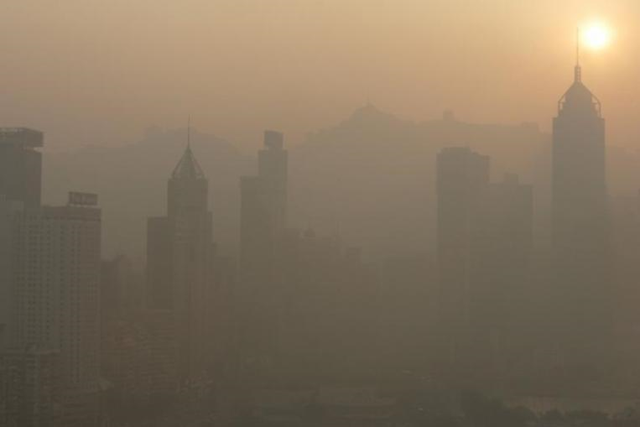Made in China: Our toxic, imported air pollution
By David Kirby
From the April 2011 issue; published online March 18, 2011 “There is no place called away.” It is a statement worthy of Gertrude Stein, but University of Washington atmospheric chemist Dan Jaffe says it with conviction: None of the contamination we pump into the air just disappears. It might get diluted, blended, or chemically transformed, but it has to go somewhere. And when it comes to pollutants produced by the booming economies of East Asia, that somewhere often means right here, the mainland of the United States. Jaffe and a new breed of global air detectives are delivering a sobering message to policy makers everywhere: Carbon dioxide, the predominant driver of global warming, is not the only industrial by-product whose effects can be felt around the world. Prevailing winds across the Pacific are pushing thousands of tons of other contaminants—including mercury, sulfates, ozone, black carbon, and desert dust—over the ocean each year. Some of this atmospheric junk settles into the cold waters of the North Pacific, but much of it eventually merges with the global air pollution pool that circumnavigates the planet. These contaminants are implicated in a long list of health problems, including neurodegenerative disease, cancer, emphysema, and perhaps even pandemics like avian flu. And when wind and weather conditions are right, they reach North America within days. Dust, ozone, and carbon can accumulate in valleys and basins, and mercury can be pulled to earth through atmospheric sinks that deposit it across large swaths of land. Pollution and production have gone hand in hand at least since the Industrial Revolution, and it is not unusual for a developing nation to value economic growth over environmental regulation. “Pollute first, clean up later” can be the general attitude, says Jennifer Turner, director of the China Environment Forum at the Woodrow Wilson International Center for Scholars. The intensity of the current change is truly new, however. China in particular stands out because of its sudden role as the world’s factory, its enormous population, and the mass migration of that population to urban centers; 350 million people, equivalent to the entire U.S. population, will be moving to its cities over the next 10 years. China now emits more mercury than the United States, India, and Europe combined. “What’s different about China is the scale and speed of pollution and environmental degradation,” Turner says. “It’s like nothing the world has ever seen.” Development there is racing far ahead of environmental regulation. “Standards in the United States have gotten tighter because we’ve learned that ever-lower levels of air pollution affect health, especially in babies and the elderly,” Jaffe says. As pollutants coming from Asia increase, though, it becomes harder to meet the stricter standards that our new laws impose. The incoming pollution has sparked a fractious international debate. Officials in the United States and Europe have embraced the warnings of the soft-spoken Jaffe, who, with flecks of red and gray in his trim beard, looks every bit the part of a sober environmental watchdog. In China, where economic expansion has run at 8 to 14 percent a year since 2001, the same facts are seen through a different lens. China’s smog-filled cities are ringed with heavy industry, metal smelters, and coal-fired power plants, all crucial to that fast-growing economy even as they spew tons of carbon, metals, gases, and soot into the air. China’s highways are crawling with the newly acquired cars of a burgeoning middle class. Still, “it’s unfair to put all the blame on China or Asia,” says Xinbin Feng of the Institute of Geochemistry at the Chinese Academy of Sciences, a government-associated research facility. All regions of the world contribute pollutants, he notes. And much of the emissions are generated from making products consumed by the West. Our economic link with China makes all the headlines, but Jaffe’s work shows that we are environmentally bound to the world’s fastest-rising nation as well. …
Made in China: Our Toxic, Imported Air Pollution via Wit’s End
